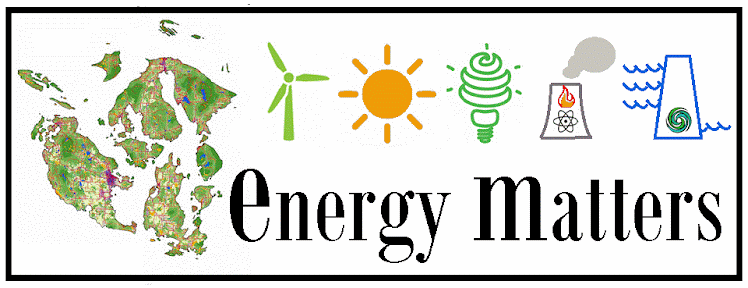At Lopez Elementary School, students gained some good biking muscles trying to keep the lights on!
How? Thanks to a bicycle generator put together by Kent Schaefer, kids in Alex Nelli's science class and Dale Shreve's homeroom learned that they could power lights, a boombox, pencil sharpeners, fans, motors, an electric piano, or a combination of the above, with their own little legs.
Elementary students lined up in Lorri Swanson's garden class to power the fan used in the winnowing process to separate wheat berries from the chaff, which they helped grow and harvest.

Apart from having fun and getting a good workout, the kids also learned first hand the value of precious energy. Can you imagine how hard it would be to have to generate your own electricity? For these students, it's no longer a theoretical concept. They know how much work it is to light a bulb, and hopefully how important it is to use energy wisely and consciously.
One child pedaling as hard as possible generates enough to power one 60 Watt incandescent bulb. At that rate, most children last about five minutes. It would take 300 such hard-working children on generators for 10 minutes each to dry a load of laundry.
They also understand the huge difference in power consumption between efficient (LED or fluorescent bulbs) and inefficient incandescent lights, despite their equivalent brightness. Keeping only one incandescent lamp on is more difficult than powering 5 compact fluorescent and LED lights combined.
A fabulous educational tool, the bicycle generator has a fan (powered by the rider and positioned to cool the rider), a panel of three different types of lights, and ability to connect to DC (direct current) and AC (alternating current) appliances, with or without a battery.
A resident of Center Island, Kent Schaefer said it took two full days to put this ingenious set together, using mostly “stuff that was lying around” his house, plus a free exercise bike courtesy of Neil's Mall. One of his main inspirations is Ryan, his 10-year-old son, genius inventor-in-training, and forth grader at Lopez School.
Lopez school students are very lucky to have such a resource! The potential for education is unlimited. Some high school students are toying with the idea of using the bicycle generator to power the sound system for an energy-efficient dance party, or to make treats for an energy-efficient bake sale fund-raiser.
Fortunately the bike can be powered not only by volunteer child labor. Adult labor is welcome and encouraged. Community members, young or old, can come and try out the bike at the celebration of Lopez Energy Challenge results at the Lopez Island Library Thursday, 16 December, at 5PM. We will hear inspiring energy stories and engage in a community conversation on energy. And of course, you will get to find out how many Tour de France champions it will take to power your home!
Hope to see you there. Bring your own enthusiastic legs.
(Written by Chom Greacen, the article first appears in the Islands Weekly in Dec 2010.)















